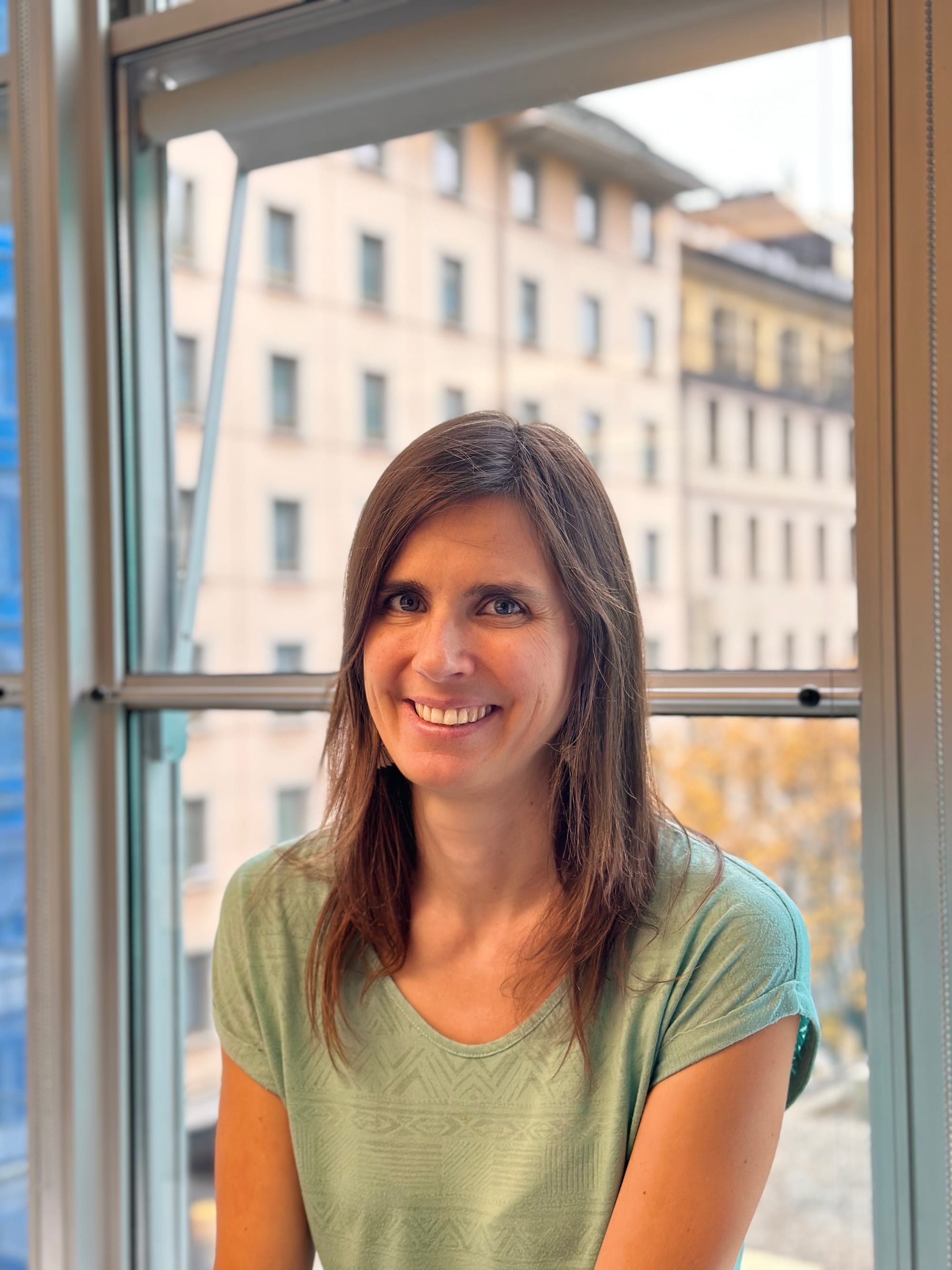
Concocted by a Pro, a Scrumptious Documentary Menu at the FIFDH—an Interview with Daphné Rozat
Careful hand-picking is the modus operandi when selecting works for the Geneva International Human Rights Festival. “I consider roughly 500 documentary projects every year before arriving at my final selection,” Daphné Rozat tells me. I was expecting a large number, but I never thought it’d be that high—even if the Head of documentary programming at the FIFDH* quickly clarifies that from the early pre-selection of her yearly harvesting, a few projects never see completion, in most cases due to a lack of funding. The fortysomething French-German Rozat, who grew up in the television environment—her father was a senior executive with the public broadcaster ARTE—is an old hand at this, having now presided over the selection of documentaries at the FIFDH for the last 15 years. (Fiction programming is under the care of her colleague Jasmin Basic, another accomplished professional.) “When I started, the films would be on DVDs, sent by snail mail, and sometimes we would miss deadlines because someone had forgotten to mail it,” she laughingly recalls. “Today, a distributor sends you a link to a film within minutes of your request.”
The selection criteria vary. What hasn’t changed are the standards. “If you consider that the final selection has been whittled down to 29 documentaries, you can tell that, quality-wise, the FIFDH’s standards are high—which we believe should be the norm for an event like ours,” Rozat says, She explains that some films are works whose production she and the organizers have followed and encouraged from the beginning, whereas others were spotted at festivals. Specialized trade platforms have multiplied, allowing for a wider choice; one of the oldest, Amsterdam-based IDFA, sees “documentary films as a high-quality, artistic form of information and reflection,” and promotes “works that show lesser-known cultures or are filmed from a non-Western perspective,” a posture that has also been one of the FIFDH’s guiding principles.
An important part of Rozat’s work also entails spotting films that might lend themselves to one of the Forum’s 18 panels, or identifying the films that will precede a panel discussion. The exercise is sometimes a delicate one, as “it takes an average of two years” for a documentary to be completed, according to Rozat, while the Forum often deals with topics in the news, such as Gaza or Ukraine this year. Technology, in both cases, is playing an important role, allowing not just established documentary filmmakers but also firsthand witnesses to document human tragedy as it happens. On March 10, the FIFDH will show Mohamed Jabaly’s Life is Beautiful, a Swiss premiere. Also present at the FIFDH will be Palestinian photojournalist Motaz Azaiza, recently featured in the New York Times.
“New tools like a good digital camera or even a smartphone can produce professional pictures, and they have been around now for a number of years,” Rozat remarks, but the major benefit, she stresses “has been the democratization of documentary making without compromising on quality.” Another remarkable example is Shoghakat Vardanyan’s 1489, awarded Best film in International Competition at IDFA, which documents the director’s search for her missing brother Soghomon, who went missing from the Armenian army in 2020.
Daphné Rozat tells me that an increased professionalization across the entire production chain, from scripting to distribution, together with a more diverse and inclusive spectrum of themes and actors, are the two major recent trends she's observed in the documentary industry. “New foundations [have been created] with the mission to promote work from emerging countries, featuring underrepresented voices and non-mainstream themes. […] Incumbent foundations have also changed their focus to fund and promote more diverse and inclusive films,” she stresses.
What makes a “good” documentary, I ask the expert? She answers without a beat: “Good storytelling, to begin with, at the service of an engaging story and message. A good documentary must be visually compelling, well-paced. But unlike fiction, which mostly plays on emotions alone, a good documentary helps you understand or discover something you might not previously have been aware of or interested in. For the FIFDH, I also choose works that alert you to human rights situations you might not be aware of, that have disappeared from the news cycle to become forgotten conflicts.”
Daphné Rozat’s three picks for this edition:
Of Caravan and the Dogs, by Askold Kurov and Anonymous 1
We will be showing the world premiere of Of Caravan and the Dogs, which chronicles the Kremlin’s relentless crackdown on civil society, human rights defenders, NGOs, the press and the media in Russia. The film tells the story of the banning of the NGO ‘Memorial’ and, starting before the war on Ukraine, focuses on the campaign against independent Russian media such as Novaya Gazeta, eventually forced to shut down as it refused to work under Russian censorship. It is a cinematographic tour de force when you think about the risks its makers took in producing it. It offers an inside look at Russian society during the war, and is an unsparing take on the brutality of Moscow’s crackdown on dissent. Novaya Gazeta’s former editor in chief and Winner of the 2021 Nobel Peace Prize Dmitry Muratov will be with us, alongside the film’s director Askold Kurov. They will both sit on the panel following the film’s screening, taking place on Saturday March 9, at 3pm.
The Teacher by Farah Nabulsi
The Teacher is in the fiction competition, and the film’s British-Palestinian director Farah Nabulsi will be present at the FIFDH. Her film tells the story of Basem, a teacher living under occupation in the West Bank who is confronted by Israeli settlers while also beginning a romantic relationship and coming to terms with his new role as a father figure to two young boys. The Teacher is a deeply moving story of love and attachment under occupation.
Photophobia by Ivan Ostrochovský and Pavol Pekarčík
Set in Ukraine, Photophobia is featured in the FIFDH creative documentary competition. Pavol Pekarčík will be with us. Shot from a child's perspective, the film mixes fiction and documentary. I found it very moving, as it talks about the war without showing you any war images. It tells the story of 12-year-old Niki, who finds refuge in the Kharkhiv metro with his parents. For him, a new life begins underground, full of unexpected encounters. I also found it to be full of poetry.
*Full disclosure:
The G|O is a media partner of the FIFDH. We are also producing three of the Forum’s panels, on March 9, 12, and 17.
